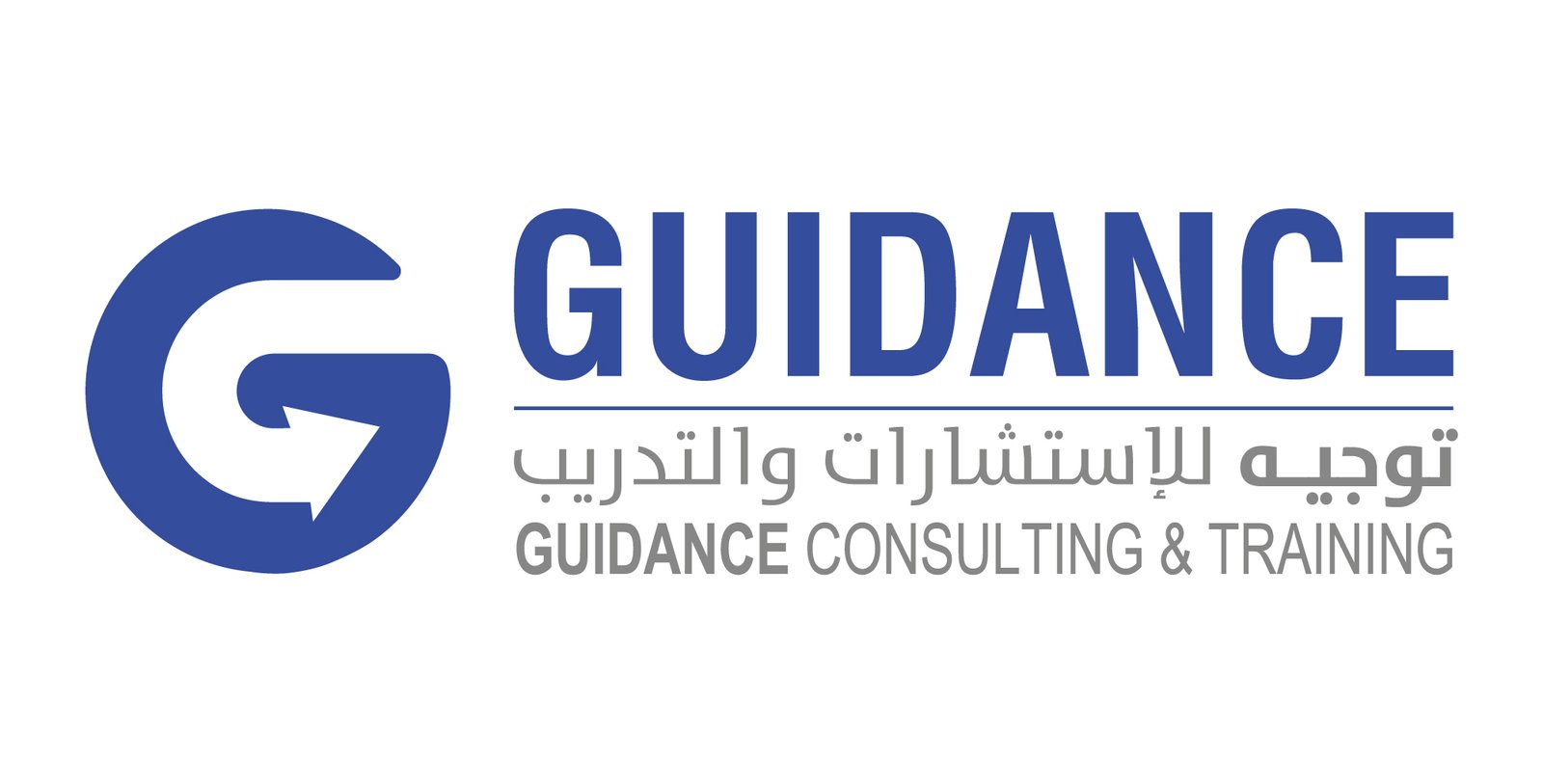Ethereum: How many shares need to be mined before a block is released?
Ethereum: A Deep Dive Into Block Rewards and Mining Shares
As a new entrant into the Ethereum ecosystem, you’re probably curious about how block rewards work on this leading blockchain platform. In this article, we’ll dive into the details of Ethereum’s block reward mechanism, including how many shares need to be mined before a block is released, as well as how average processing times can vary.
Block Reward: What You Need to Know
The block reward is the amount of Ether (ETH) awarded to the miner who successfully creates and broadcasts a new block on the Ethereum network. This reward is designed to incentivize miners to maintain the security and integrity of the network, as well as encourage the creation of new blocks.
To understand how many shares need to be mined before a block is released, let’s first look at basic math:
Block Reward Formula:
Each block contains 1 million (1,000,000) transactions. To calculate the number of shares required to earn a block reward, we can divide the total number of transactions by 2^32 (the number of possible unique hashes):
Number of shares required = Total number of transactions / 2^32
Assuming an average transaction fee of $0.0001 and an average block size of 300 KB:
Number of shares required ≈ 3.33 billion shares
However, this number can vary depending on several factors, such as transaction complexity, network congestion, and miner efficiency.
Average Processing Times: Why does luck play a role?
You’re right; luck plays a major role in determining block rewards. Miners have varying levels of computational power, network connectivity, and optimization techniques that affect their chances of solving complex math problems (known as “Proof of Work”) within a given time frame. This causes fluctuations in average processing times.
The Ethereum team has implemented several mechanisms to mitigate these variations, including:
- Proof-of-Stake (PoS) Reward: Instead of mining using powerful machines and high-efficiency algorithms, users can stake their Ether and participate in the validation process via PoS.
- Delegated Proof-of-Stake (DPoS): A variation of PoS that allows users to vote for their preferred delegate to validate new blocks.
However, even with these improvements, luck still has a significant impact on average processing times. Miners have reported varying results over time, leading some to speculate on the role of external factors influencing block rewards.
Your Role in the Pool: What You Need to Know
As you start your own pool, it’s essential to understand the basics of Ethereum mining and block reward mechanics:
- Computing Power: The more powerful your computer or GPU (Graphics Processing Unit), the better chance you have of solving complex math problems.
- Network Congestion

: If multiple miners are competing for resources on a network with high congestion, this can slow down processing times.
- Optimization Techniques: Advanced techniques such as parallel processing and data compression can significantly impact your chances of success.
To succeed as part of an Ethereum pool, you’ll need to:
- Choose the right hardware configuration (GPU, CPU, or a combination).
- Optimize your setup for maximum performance.
- Stay up to date with network conditions and adjust your strategy accordingly.
In conclusion, while luck plays a role in determining block rewards, understanding the mechanics of Ethereum mining can help you prepare and succeed as part of an Ethereum pool. Remember to stay informed about protocol changes, optimize your settings, and adapt to different network conditions. Happy mining!

